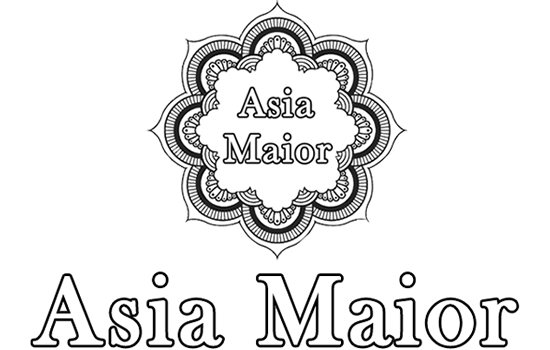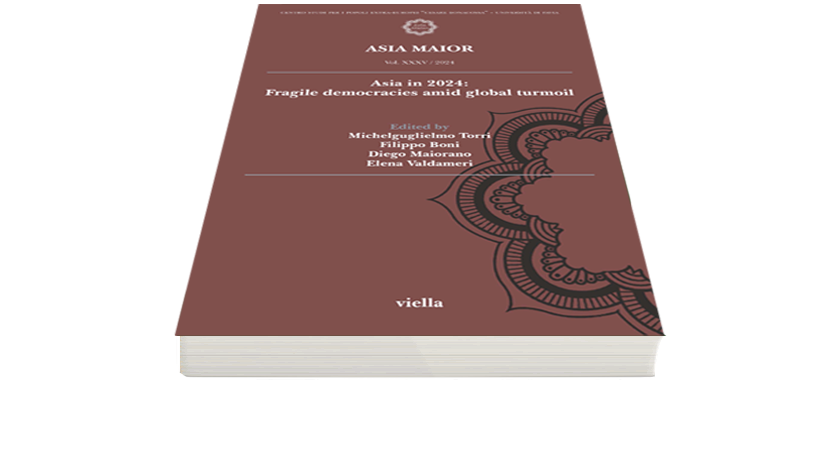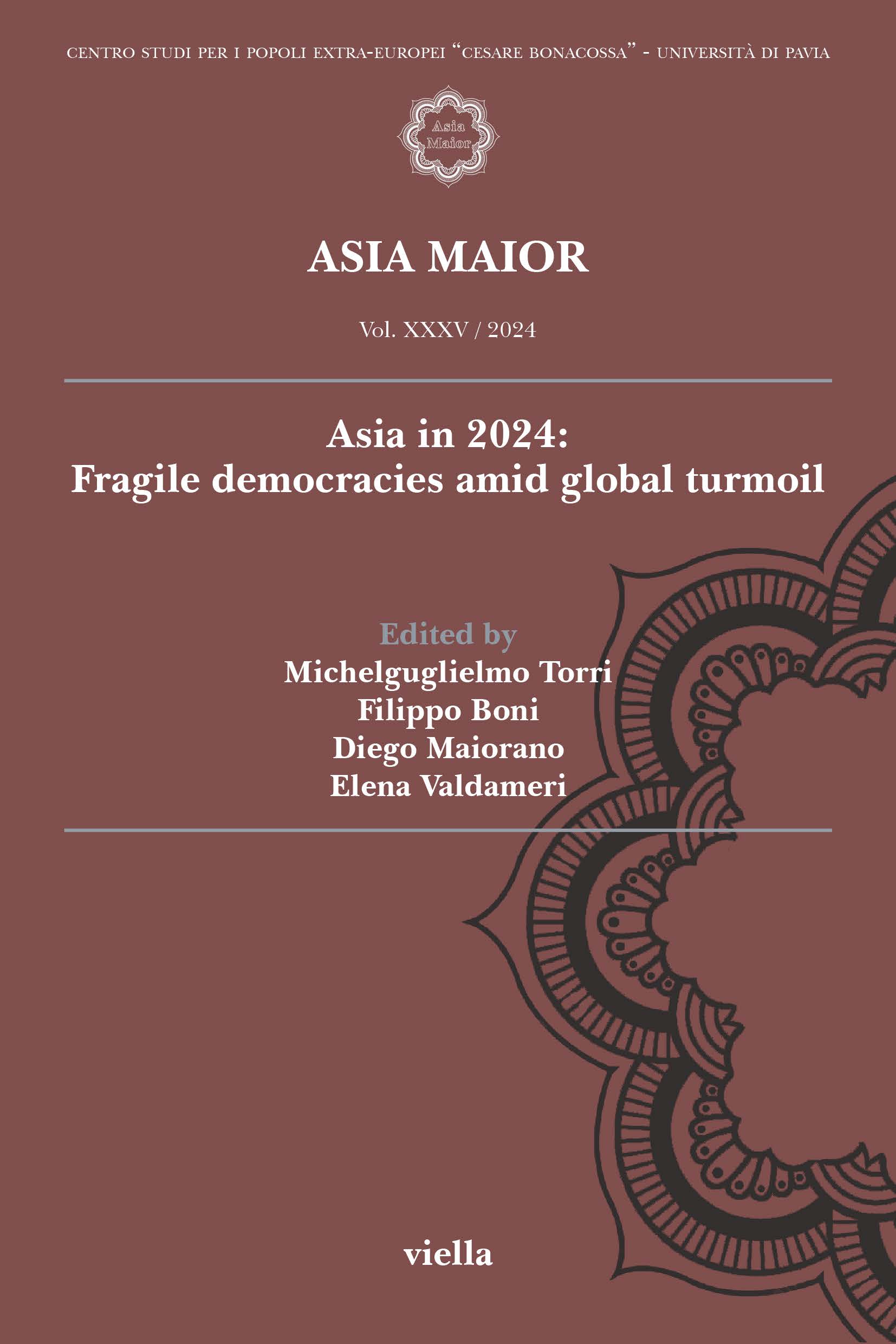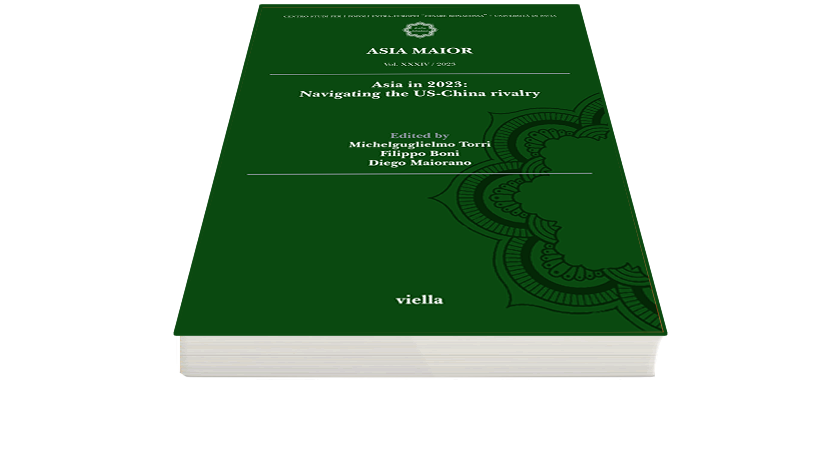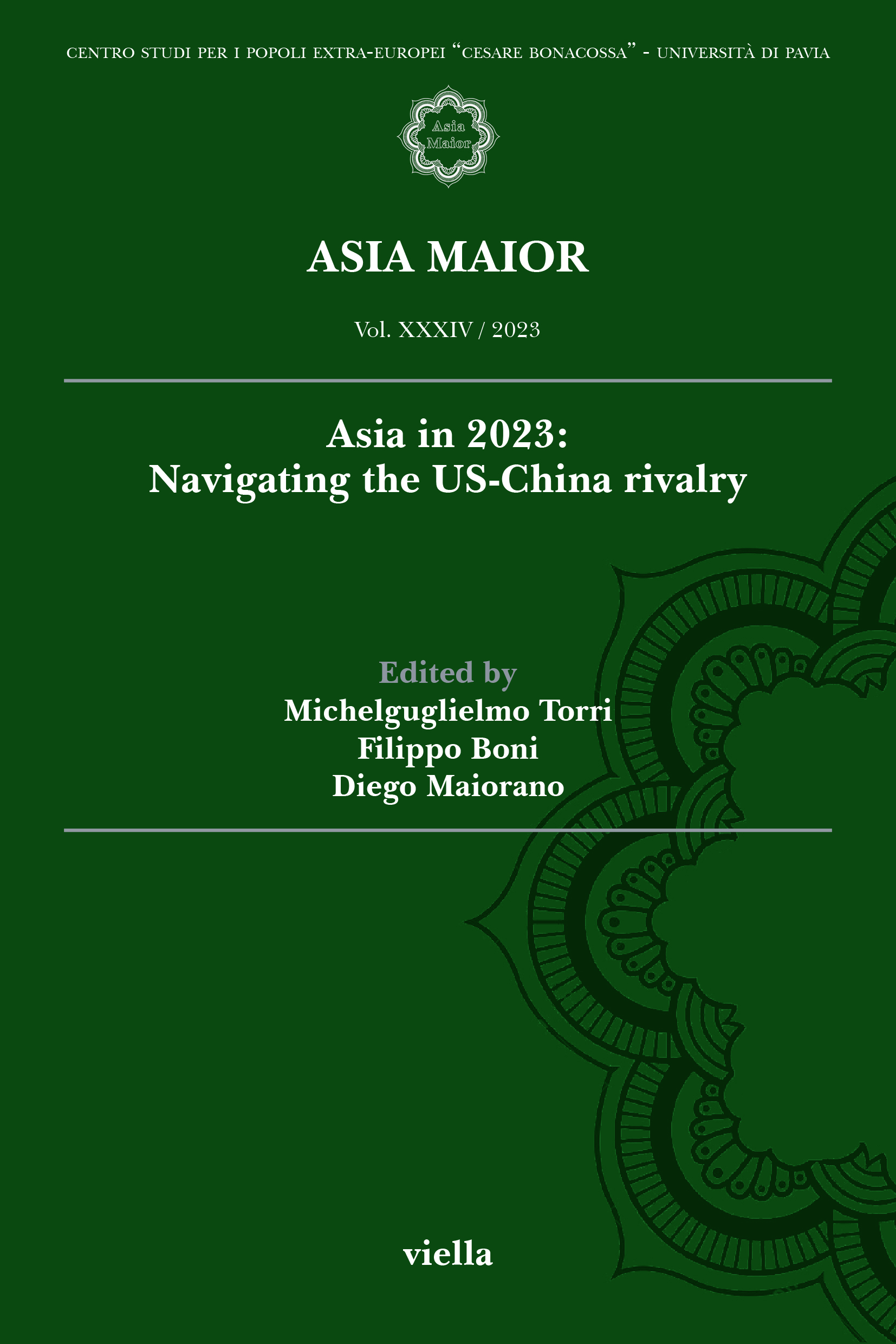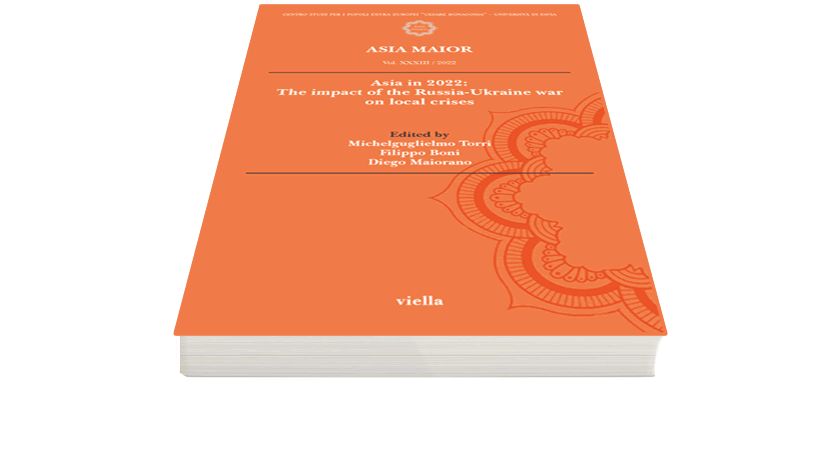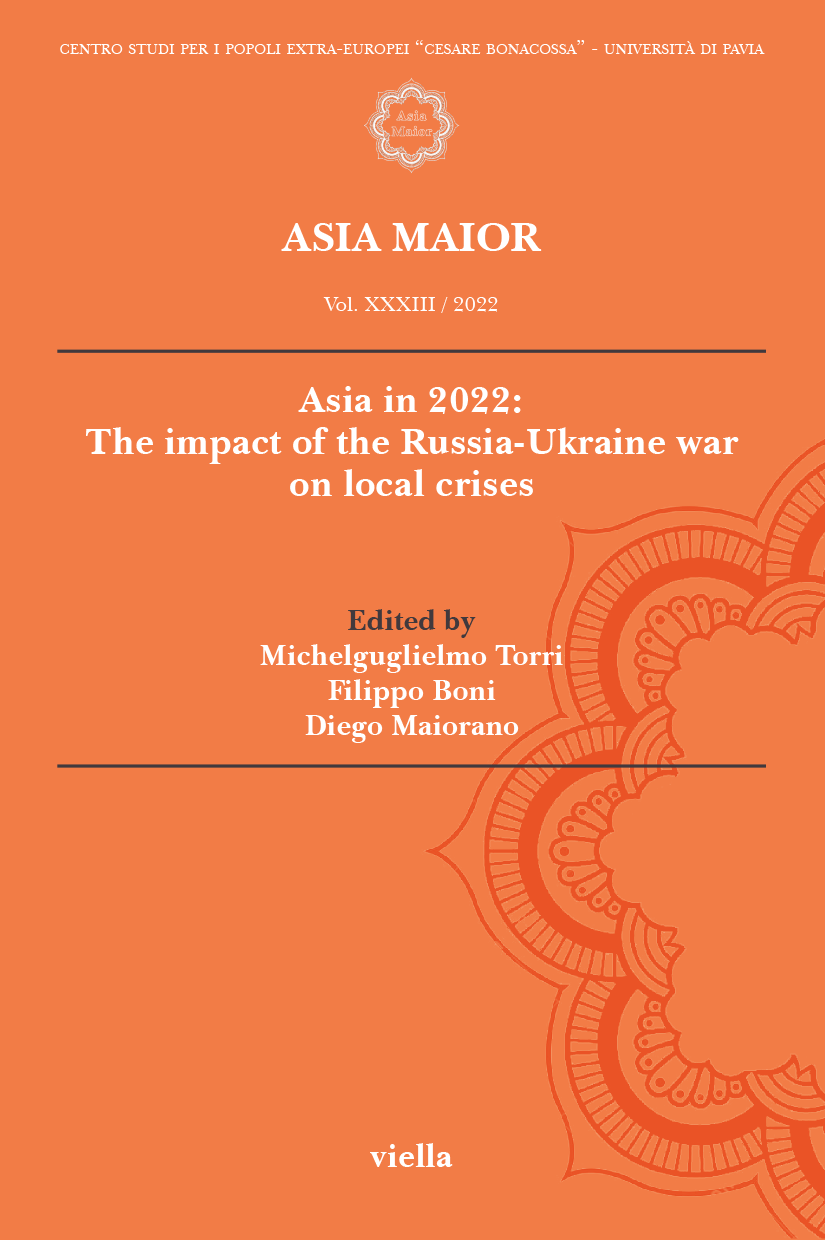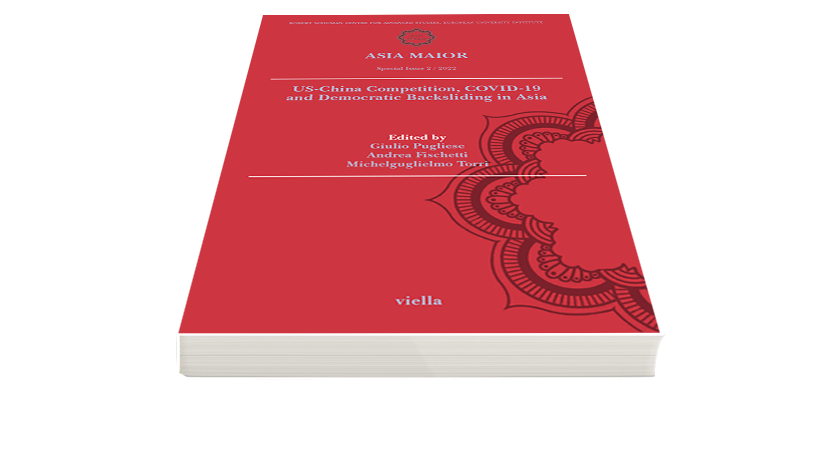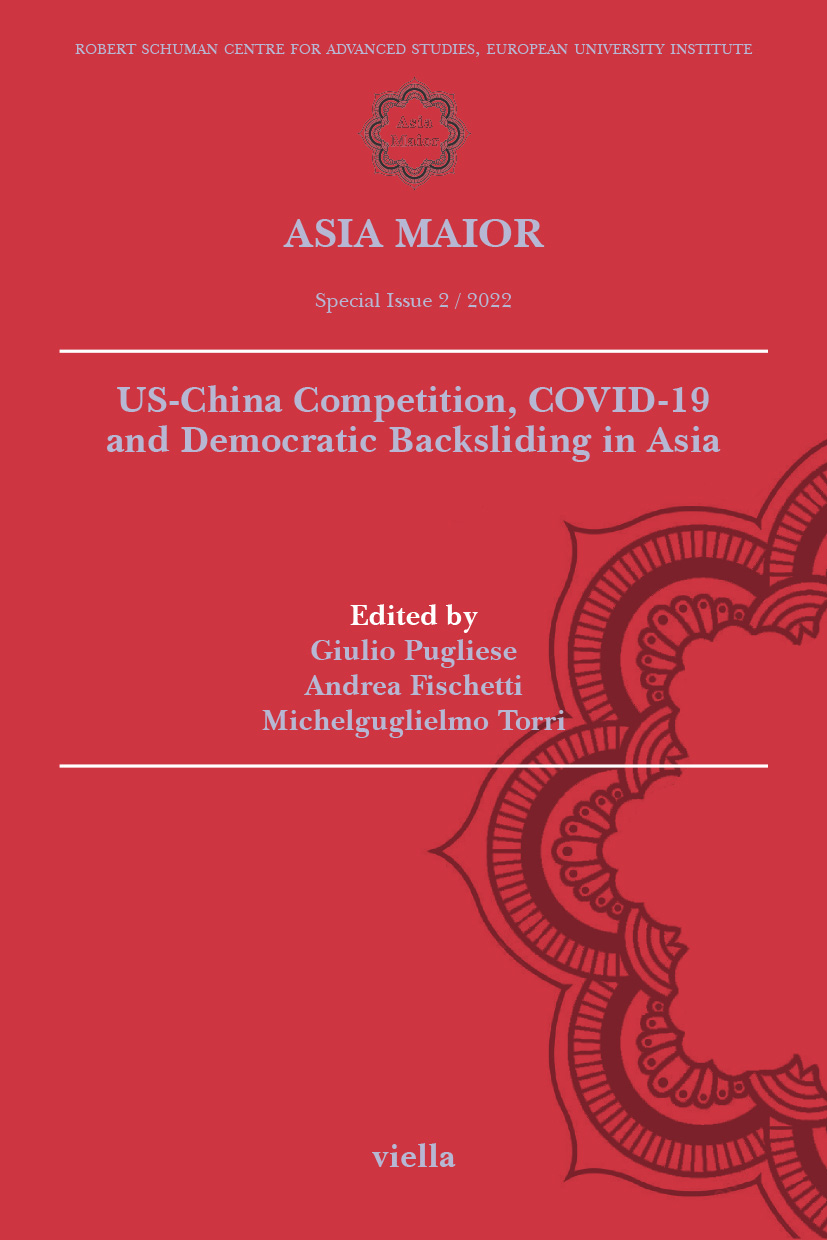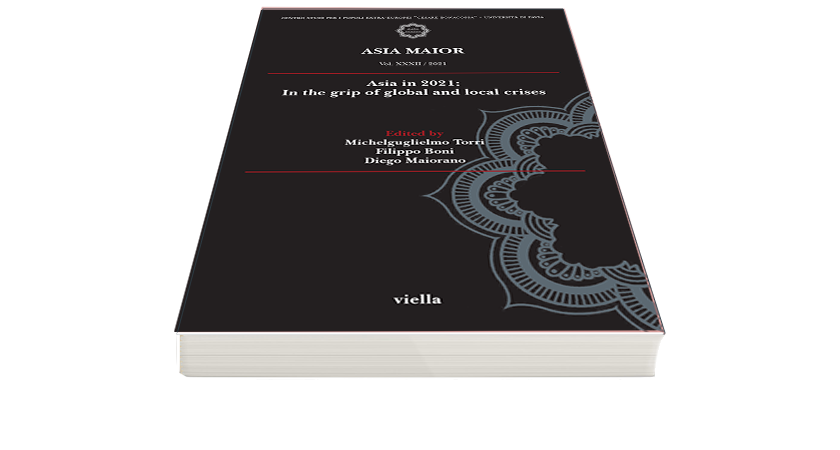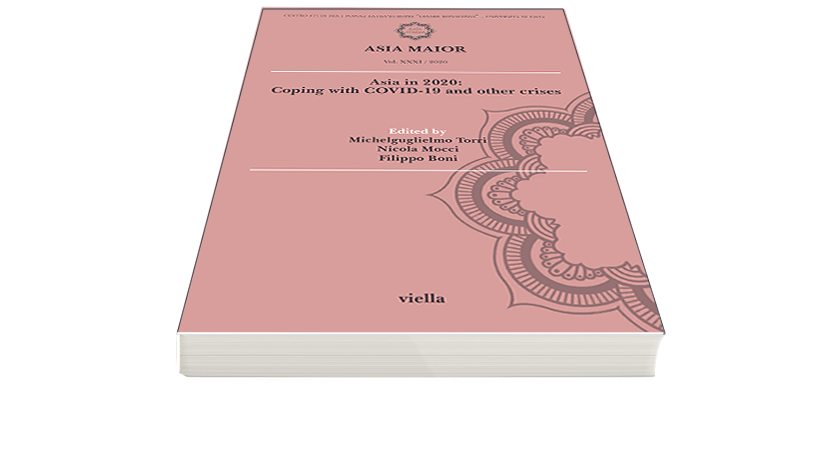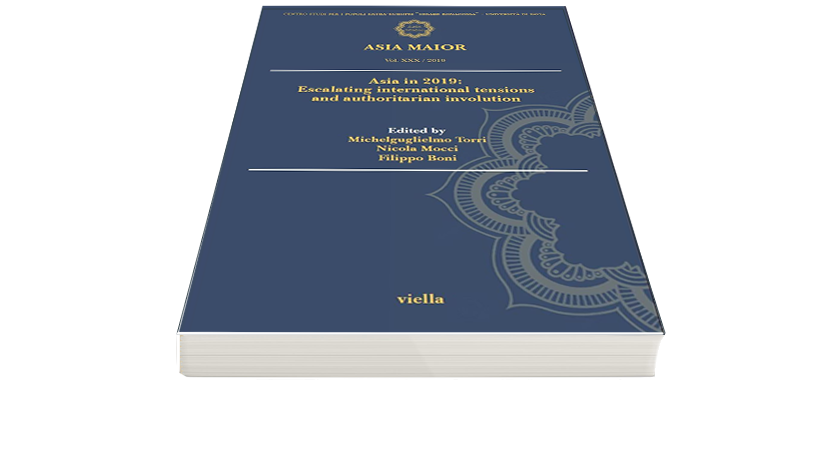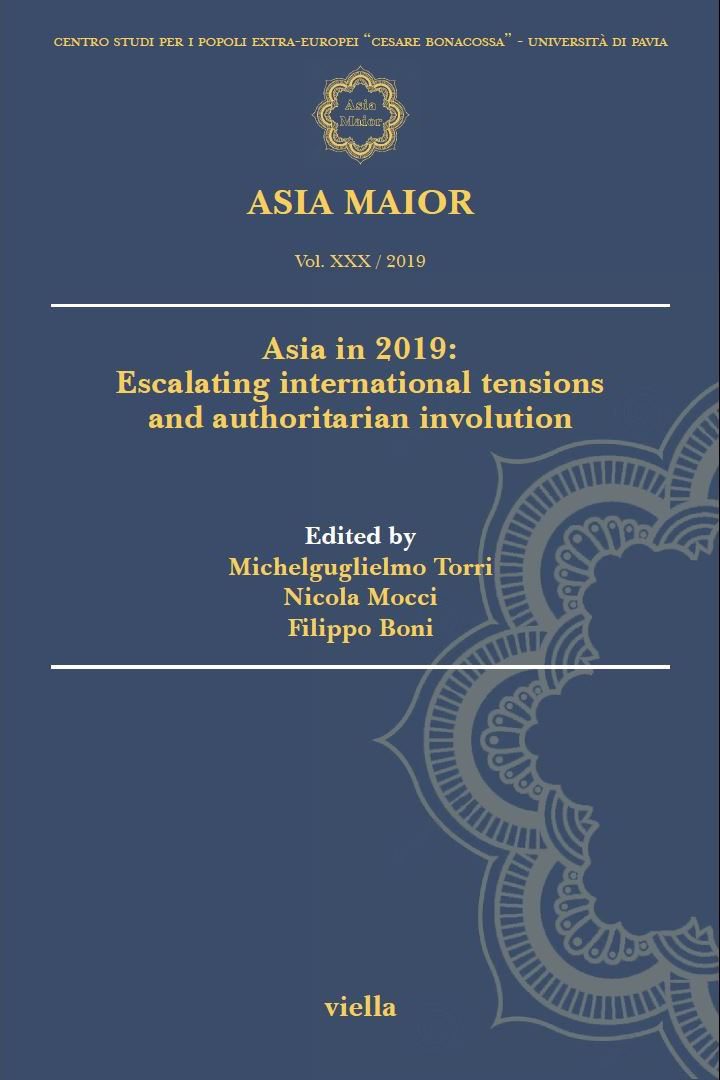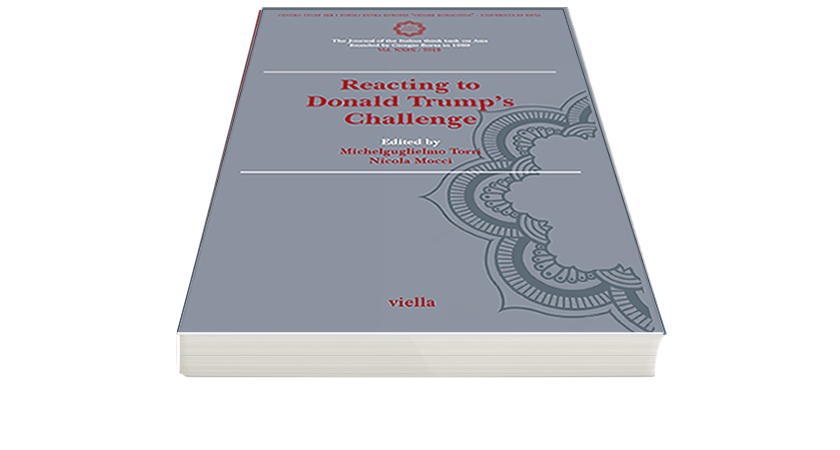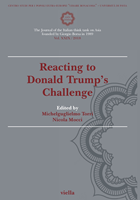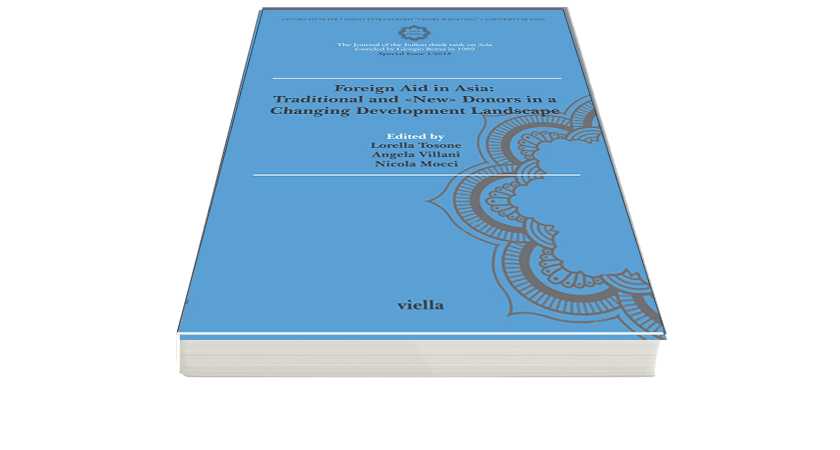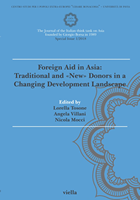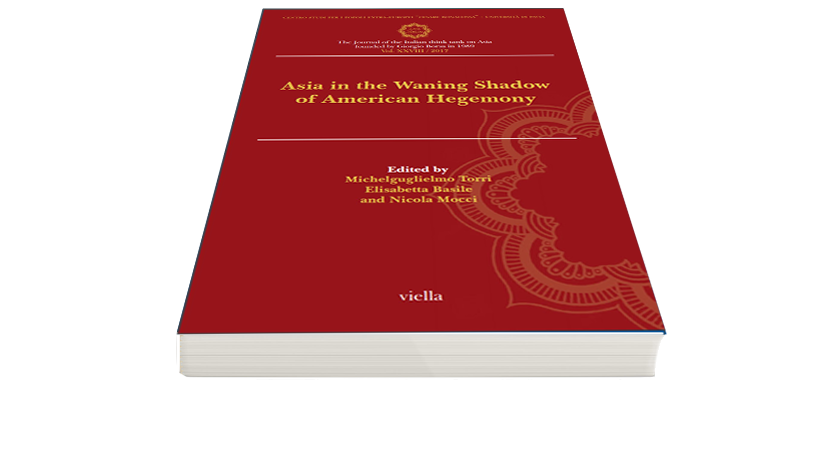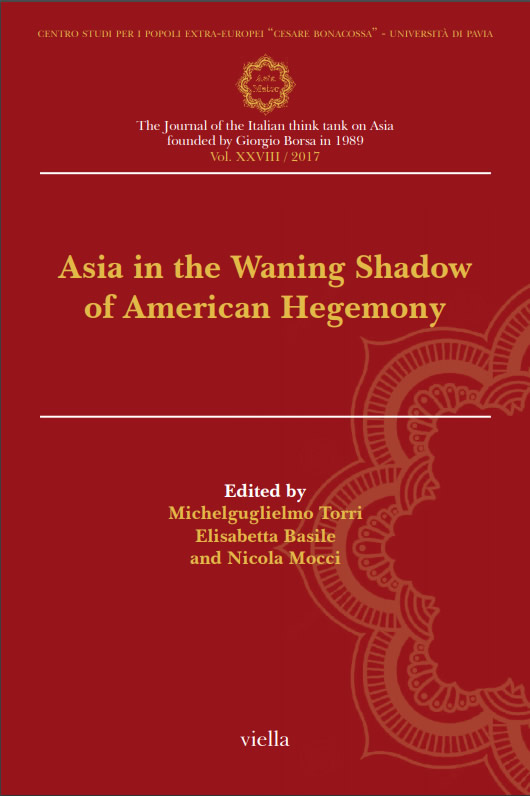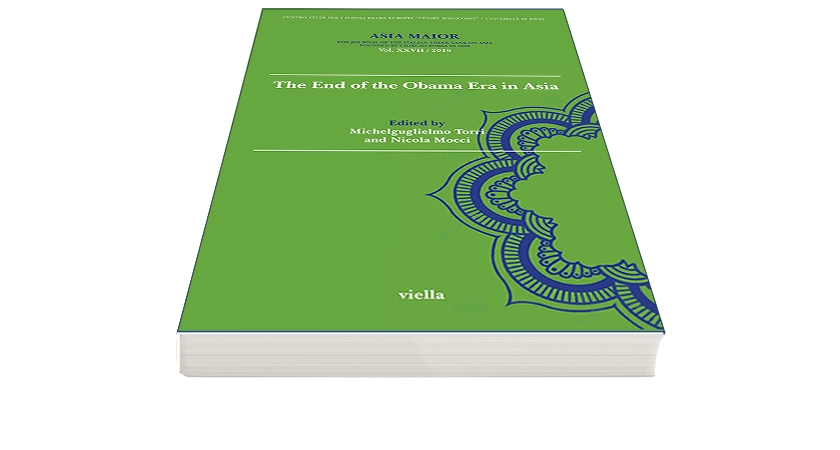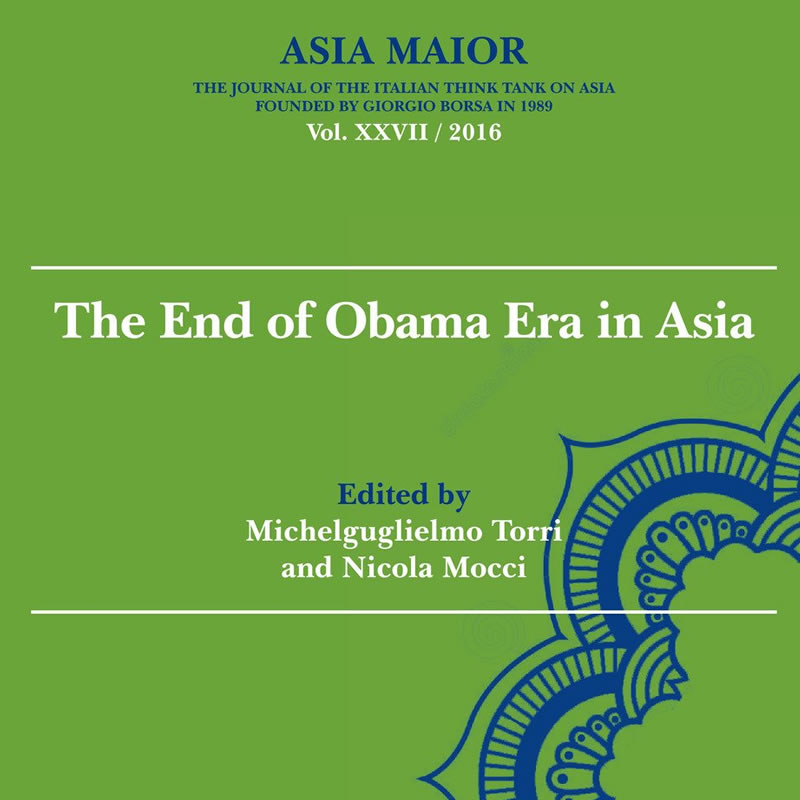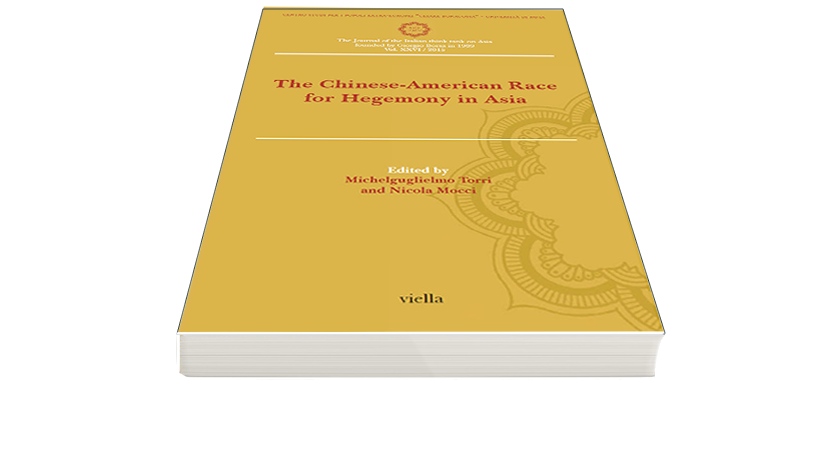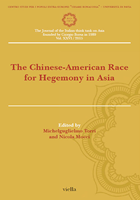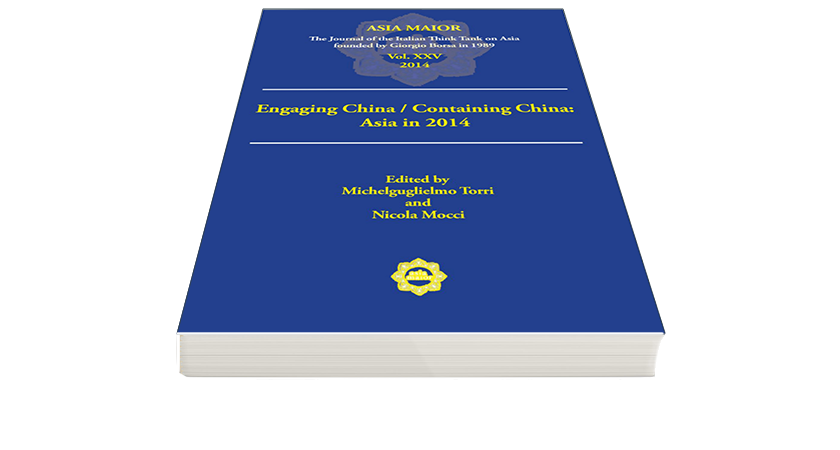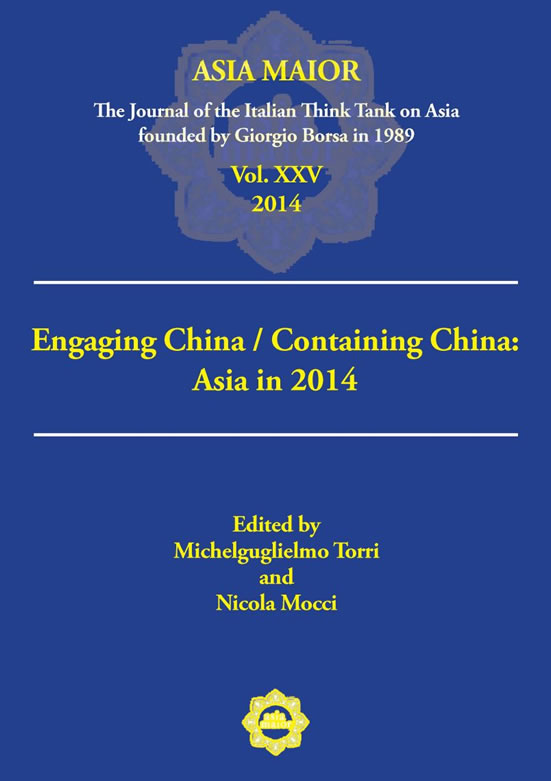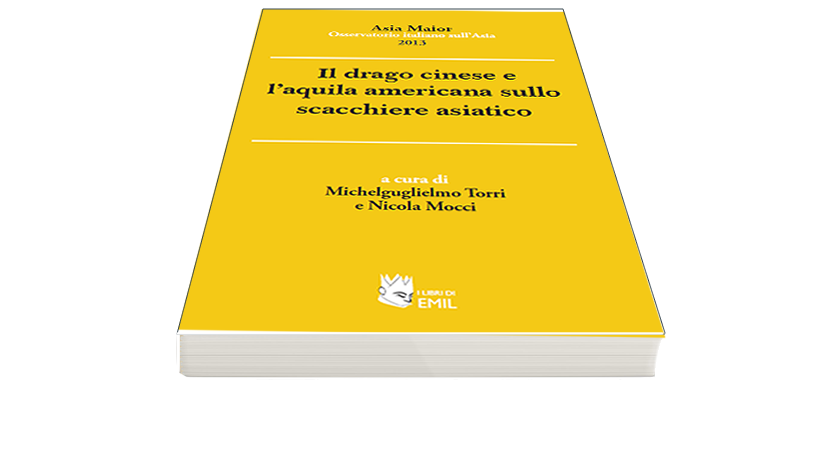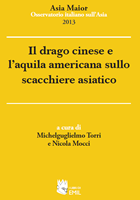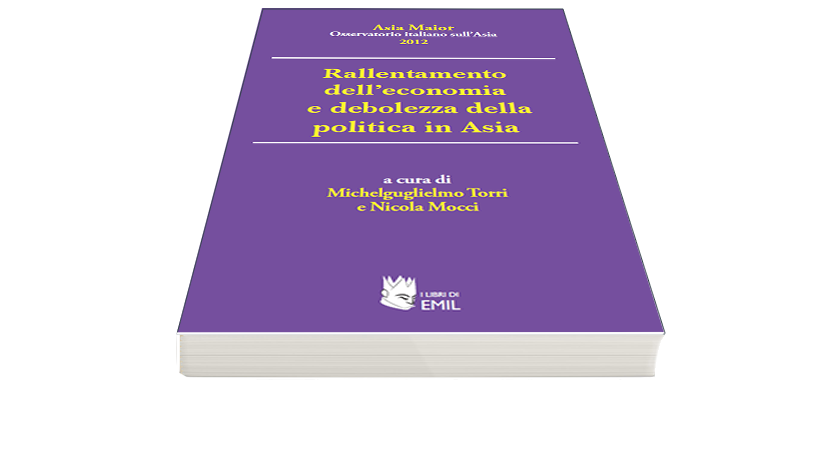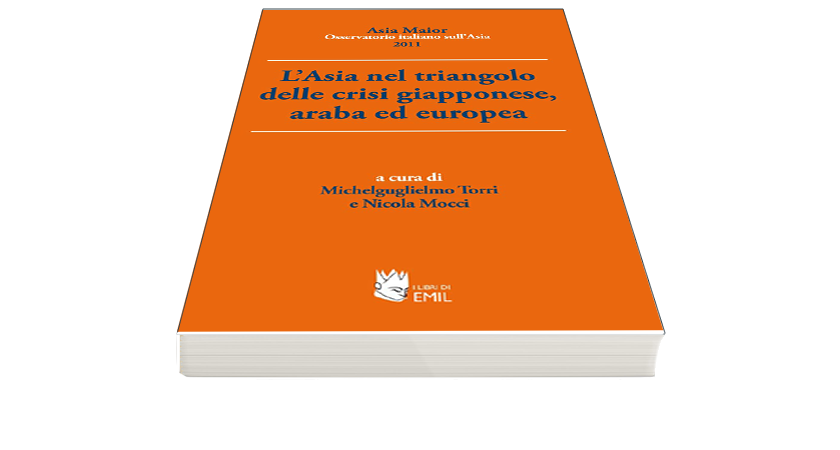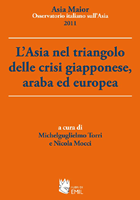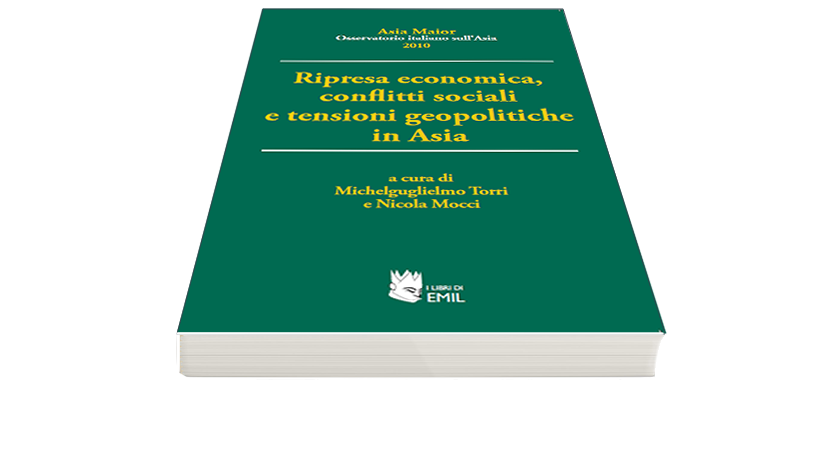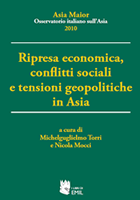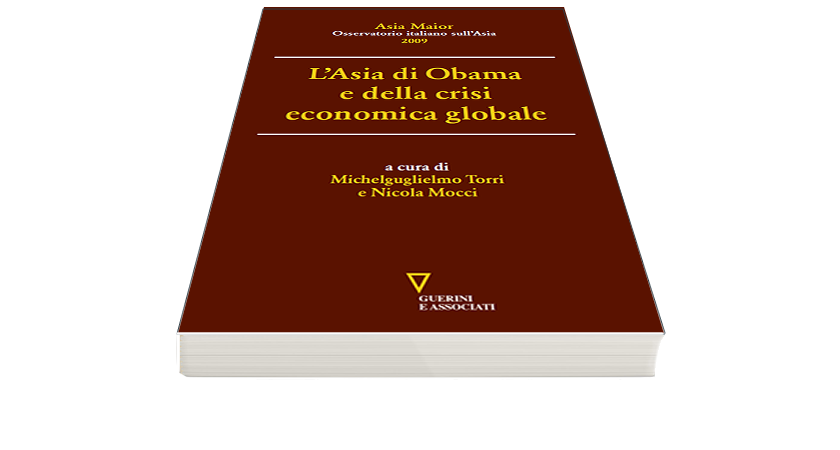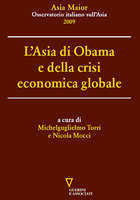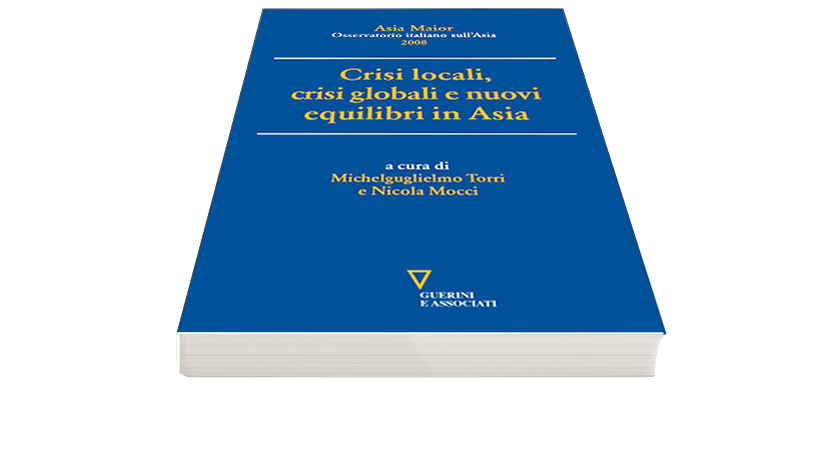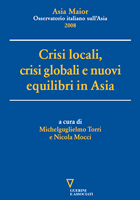Repackaging Colonial Violence: Race, war, and the myth of British counterinsurgency in Malaya
Available also in pdf – Download Pdf
Kate Imy, Losing Hearts and Minds: Race, War, and Empire in Singapore and Malaya, 1915-1960, Stanford, CA: Stanford University Press, 2024, 352 pp. (ISBN: 978-1-5036-3675-3).
Kate Imy’s Losing Hearts and Minds: Race, War, and Empire in Singapore and Malaya, 1915-1960 is a deeply researched and conceptually rich study that interrogates the fraught realities of colonial militarism in Southeast Asia. By centring on the experiences and testimonies of soldiers and civilians across multiple conflicts – including the First World War, the Second World War, and the Malayan Emergency – Imy challenges the often-celebrated narrative of Britain’s «successful» counterinsurgency in Malaya. With her analysis extending from the Singapore Mutiny in 1915 to the final years of British colonial rule in the region, she suggests that the famed strategy of «winning hearts and minds,» popularised by Sir Gerald Templer during the Malayan Emergency, was in fact deeply rooted in earlier imperial practices and haunted by persistent failures.13 The book thus complicates the notion of a singularly triumphant British «model» of counterinsurgency and exposes the racial and gender hierarchies that continually undermined Britain’s efforts to secure genuine local support.
Imy’s approach blends social, cultural, and military history, illuminating how imperial power operated through overlapping structures of race, class, gender, and faith. Drawing on a remarkably broad source base – letters, diaries, memoirs, court-martial records, propaganda materials, oral histories, and state archives from multiple countries – the book demonstrates that Britain’s invocation of «hearts and minds» was far from a benign or purely humanitarian tactic [p. 7]. Rather, it was a mode of colonial governance and warfare that pivoted on the selective inclusion and exclusion of diverse peoples (Chinese, Malay, Indian, Eurasian, and various Commonwealth troops) in a hierarchy that both sought to harness their labour and loyalty yet invariably restricted their access to power. Imy’s central argument is that far from decreasing violence, the «hearts-and-minds» rhetoric often intensified colonial oppression, creating a cycle in which civilians and soldiers alike felt betrayed, alienated, and coerced.
A hallmark of strong scholarship lies in its engagement with existing literature and historiographical debates, and Losing Hearts and Minds makes significant interventions across multiple fields. In re-examining British Malaya, Imy moves beyond the familiar narrative of a paternalistic colonial administration adept at managing multi-ethnic populations. Rather than accepting the conventional view that Britain’s success stemmed from its ability to balance competing interests, she underscores the extent to which racial and gender inequalities were embedded within the structures of colonial rule. Drawing on the work of scholars such as John Newsinger and Karl Hack, she integrates insights from postcolonial theory, particularly the understanding that colonial categories – such as «coloniser» and «colonised, » «white» and «non-white» – were neither fixed nor benign but constituted through violence, exclusion, and contestation.14 In her introduction, she explicitly acknowledges a broad historiography that has shaped discussions of the Malayan Emergency as an archetype of counterinsurgency, citing works by C. A. Bayly and Tim Harper, Kumar Ramakrishna, Anthony Short, Richard Stubbs, Leon Comber, David French, and others.15 By weaving these perspectives into her analysis, she challenges the trope of British «success» and highlights how that narrative was sustained by Cold War imperatives and subsequent military doctrines.
This perspective is further reinforced by her approach to the history of war and society, where she departs from traditional military histories that emphasise high-level strategic decisions and diplomatic manoeuvres. Instead, she adopts a bottom-up approach that foregrounds the lived experiences of those who navigated colonial militarisation. Her broad temporal scope, spanning from 1915 to 1960, is especially important in resisting the tendency to treat the Malayan Emergency as an isolated event. By tracing continuities from the early twentieth century, she reveals how ideologies of «martial race», discriminatory labour practices, and racial segregation in military recruitment shaped not only Britain’s counterinsurgency strategies but also how colonial subjects perceived imperial rule. Rather than viewing these as distinct phases in British governance, she demonstrates that they were part of a longer history of racialised violence and control.
At the same time, Imy places Singapore and Malaya within a broader transnational and global context. By examining their roles in the First and Second World Wars, the Japanese occupation, and the Cold War, she highlights the extent to which anti-colonial struggles, pan-Asian networks, and inter-imperial conflicts were deeply interconnected. Her analysis aligns with scholars who argue that decolonisation was not a simple shift from colonial empire to local nationalism but rather a process shaped by competing global ideologies and regional struggles. She notes, for instance, the contributions of Christopher E. Goscha and Christian F. Ostermann, situating Singapore and Malaya in the wider context of Cold War fault lines, while also referencing Cheah Boon Kheng, Teng Phee Tan, Syed Muhd Khairudin Aljunied, and others who illuminate the roles of non-European actors [p. 2].16 This long-range perspective makes Losing Hearts and Minds not only an essential contribution to Southeast Asian history but also a work that speaks to broader questions of empire and its transformations in the twentieth century.
Imy’s core argument is that Britain’s repeated attempts to bolster its rule by appealing to local «loyalties» rested on a fundamentally unequal foundation. She posits that every incarnation of this strategy—from early colonial policing in the interwar era, to the frantic mobilisation of Asian and Commonwealth soldiers during the Second World War, to the systematic campaign to defeat communist insurgents in the 1950s—was embedded in structural racism and selective recognition of who counted as «loyal». These colonial categories were repeatedly undone by the realities of everyday violence, betrayals, and cultural interaction. As she demonstrates, the gap between the discourse of «hearts and minds» and the lived experiences of individuals was vast. The «hearts-and-minds» approach claimed to foster interracial cooperation but instead reinforced racial hierarchies through forced resettlement, mass internment, and psychological warfare. As seen in colonial policing, where Malay and Chinese officers were reduced to subservient roles to surveil European communists, British counterinsurgency relied on coercion rather than care, leaving many to see colonial rule as repressive rather than legitimate [p. 63].
The book is organised into seven main chapters, each focusing on a different conflict or period, and its structure moves chronologically. The first chapter, Race War in Singapore, analyses the 1915 mutiny of Indian troops in Singapore, illustrating how the universalising myth of white British power was shaken by local alliances that crossed expected racial lines. Indian soldiers found willing civilian collaborators from diverse backgrounds – Malay, Chinese, and even some European – challenging British assumptions that whiteness itself guaranteed loyalty or compliance. As Frank Kershaw Wilson reflected on the uprising, he experienced «an unpleasant consciousness of being a white man», a sentiment that, as Imy argues, «laid bare the vulnerability of colonial racial hierarchies and the military state meant to support them» [p. ١٣]. The mutiny revealed that British control was more fragile than it appeared, as soldiers and civilians alike defied racial divisions imposed by the colonial order. The second chapter, Making Enemies between the Wars, examines the aftermath of the 1915 mutiny, showing how British authorities militarised policing and reinforced racial hierarchies. Chinese and Japanese communities in Singapore found that British gratitude for their wartime support was fleeting. Japanese journalist Koji Tsukuda recalled that the British had «greatly valued” Japanese intervention, even claiming they outperformed British forces. Yet, by 1917, the British General Staff dismissed their role, stating that “the Japanese did not do much» [p. 47]. This selective recognition of loyalty deepened mistrust and foreshadowed racial tensions that shaped colonial rule in the interwar years.
The following three chapters examine the Second World War and the Japanese occupation. Imy argues that the fall of Singapore in 1942 underscored fundamental British failures to protect the colony. Despite official propaganda, white British soldiers were prioritised for evacuation, while local populations, particularly the Chinese, bore the brunt of Japanese reprisals. Civilians’ relationships with the Japanese occupiers varied widely, ranging from forced labour to uneasy cooperation and genuine collaboration. As Imy observes, «Facing British and then Japanese indifference, many soldiers depended on civilians for survival, further reducing their exalted status as men of arms», a reliance that «gave civilians repeated exposure to soldiers’ frailties, underlining the loss of British power» [p. 145]. The experience of Prisoner of War (POW) and internment camps further blurred the lines between friend and foe, though racial ideologies remained deeply entrenched. Attempts to reassert martial-race status or to align with anti-colonial sentiment shaped identities during this time of acute crisis.
The final two chapters focus on the Malayan Emergency (1948–1960), with a particular emphasis on the British-led counterinsurgency campaign against predominantly Chinese communist guerrillas. Imy rejects conventional readings that celebrate Templer’s «hearts-and-minds» approach as a prime example of enlightened counterinsurgency. Instead, she underscores the campaign’s heavy reliance on extrajudicial killings, the forced resettlement of entire Chinese communities into «New Villages», and psychological operations that targeted civilian women’s bodies and reproduction as sites of ideological control. Imy writes, «Templer rebranded many aspects of the Emergency without changing its essential components, for instance renaming ‘bandits’ communist terrorists (CTs) and resettlement areas ‘New Villages.’ The underlying practice of extreme violence remained» [p. 205]. For Imy, the so-called success of the Malayan Emergency is a myth that persists partly because it has been frequently invoked – especially in American counterinsurgency circles – as a model. Her archival evidence, however, confirms that British efforts to minimise violence by winning over civilian populations were consistently undermined by the same racial biases and gender hierarchies that had defined colonial rule for decades.
One of the book’s great strengths is Imy’s multifaceted use of sources. She draws on archival collections from Britain, Australia, New Zealand, India, Nepal, Malaysia, and Singapore. Moreover, she underscores the importance of oral histories collected in different languages, and she is candid about the frailties of translation and transcription. By foregrounding these methodological challenges, Imy highlights the interpretative choices she must make in reconstructing local voices – particularly those of individuals marginalised by race, class, or gender. This makes the text not just a historical study but also an exercise in historiographical reflection [p. 9]. Such meticulous engagement with first-hand testimonies – especially diaries, letters, and personal interviews – enables Imy to illuminate the emotional dimensions of war and empire. She is attuned to how fear, betrayal, and aspiration shaped people’s decisions to collaborate, resist, or simply survive. Crucially, she does not reduce these choices to a simple binary of «loyal» or «disloyal», «heroic» or «traitorous». Instead, she insists upon the contingent nature of human agency under conditions of extreme stress. The tension between the official archive (military reports, propaganda leaflets, state documents) and personal stories is a central motif throughout the book, giving it a powerful human dimension.
Imy’s analysis of «hearts and minds» as a deeply gendered and racialised project is particularly compelling. Building on conceptual insights from Ann Laura Stoler, Homi Bhabha, and other theorists of colonial discourse, the author demonstrates how British rule systematically conflated whiteness with legitimacy and authority.17 This conflation explains why, in moments of crisis (e.g., 1915 mutiny, 1942 Japanese invasion), British officers found themselves baffled by the «inexplicable» alliances among Asians—alliances they had dismissed as improbable given the supposedly natural racial hierarchies. Further, the «hearts-and-minds» rhetoric and the paternalistic assumption that British colonial officials could «uplift» or «protect» local populations served to mask the systemic violence intrinsic to the colonial order [p. 69].
Gender likewise emerges as a critical axis of inequality. Women – particularly Chinese and Eurasian women – appear both as the objects of state propaganda and as agents who navigated spaces of forced labour, internment, and resettlement. Imy devotes sustained attention to how the colonial regime, and later Commonwealth forces in the Emergency, used women’s bodies and reproductive capacities as symbols of either compliance or subversion. The propaganda images she cites (showing communist women giving birth in the jungle vs. the domestic serenity of women aligned with the colonial state) illustrate how crucial gender tropes were in shaping the rhetorical strategies of British power [p. 234].
Imy’s ability to balance theoretical discussions with meticulous historical research ensures that her work remains accessible while deeply engaged with postcolonial critiques of racialised colonial structures. She aligns with postcolonial scholars in her analysis of race, gender, and imperial discourse but never allows theoretical abstraction to overshadow the empirical richness of her study. Instead, she seamlessly integrates conceptual discussions with close readings of textual and oral evidence, producing a work that is both analytically rigorous and grounded in human experiences. Her ethical engagement with the process of scholarship is also evident, particularly in the introduction and acknowledgements, where she reflects on the challenges of academic labour and the impact of institutional constraints. By situating her research within the realities of conducting scholarship during the COVID-19 pandemic, she offers a candid commentary on the intersection of intellectual work and institutional power [p. xi].
There are, however, areas where readers might have wished for further engagement. While her discussion of the Japanese occupation includes perspectives from British, Eurasian, and local Asian actors, one might wonder whether deeper engagement with Japanese-language materials could have provided additional insights. The absence of these sources – perhaps due to linguistic constraints or archival restrictions – may limit the full picture of how the Japanese military understood the shifting loyalties in Singapore and Malaya. Similarly, although the book convincingly situates Singapore and Malaya as key points within a broader imperial network, a more explicit comparison with contemporaneous crises in Burma or the Dutch East Indies could have further reinforced her argument about the continuity of colonial structures. Nonetheless, this focus on Singapore and Malaya is not a weakness but a strategic choice that ensures narrative depth.
Another consideration is the extent to which continuity is emphasised throughout the book. While Imy makes a compelling case for the persistent structures of racialised governance and counterinsurgency, there are moments where greater attention to contingency might have further nuanced the analysis. The distinct local political dynamics of the 1910s, for example, as compared to the early Cold War era, could have been explored in more detail to highlight not just the continuities but also the transformations in British colonial governance. The book effectively dismantles the triumphalism surrounding the Malayan Emergency, but additional clarity on what specifically changed in governance strategies, beyond the intensification of policing, might have added further depth to her argument.
Imy’s work will be vital for scholars of empire, colonial and postcolonial studies, Southeast Asian history, and military historians looking to understand the lived dimensions of war. Graduate students in history, political science, anthropology, and cultural studies will find the book’s interdisciplinary methodology – marrying archival work with theoretical insights – particularly instructive. Instructors designing courses on the British Empire, World War II in the Pacific, and decolonisation can draw on Imy’s chapters to illuminate themes of race, gender, and power in an accessible yet deeply analytical manner. For undergraduate teaching, excerpts from Losing Hearts and Minds – especially sections dealing with personal letters, diaries, and the propaganda images – could effectively illustrate the complexities of wartime collaboration, the interchange of local and global forces, and the emotional toll of colonial warfare on everyday lives. Furthermore, Imy’s critical stance toward the notion of «successful» counterinsurgency in Malaya offers a useful foil to more traditional military histories that treat Templer’s approach as a polished model for modern warfare.
In Losing Hearts and Minds, Kate Imy provides an essential corrective to simplistic treatments of British counterinsurgency and imperial policy in Southeast Asia. By digging into the tangled layers of personal testimony, racialised military recruitment, gendered propaganda, and the harsh realities of internment and forced resettlement, she underscores that colonial power did not so much «win» as it forcibly imposed itself – often at the expense of those whose hearts and minds were supposedly being courted. The book’s significance lies in its compelling demonstration that the Malayan Emergency, while invoked in later decades (most notably by American leaders in Vietnam, Iraq, and Afghanistan) as a model counterinsurgency, was a project shaped by deeply flawed colonial logics – logics which perpetuated systemic violence and racism under the guise of reform. Imy’s insistence that we view the Emergency within a broader arc of twentieth-century conflict in Malaya and Singapore disrupts the myth of an exceptional «success story». Instead, she points to a history replete with ruptures, betrayals, and shifting allegiances, none of which are easily reduced to neat narratives of good governance. From a stylistic standpoint, Imy writes with clarity and engagement. She balances theoretical sophistication with a consistent sense of compassion for those caught up in the imperial machine. The inclusion of extensive personal stories anchors the book in a tangible reality, ensuring it never becomes a purely abstract treatise. Scholars and students will appreciate this balance of rigorous academic detail and attention to the human dimensions of historical processes.
In conclusion, Losing Hearts and Minds stands as a major contribution to the study of empire, war, and decolonisation in Southeast Asia. By uncovering the racial, gendered, and emotional scaffolding that underwrote Britain’s military ventures in Singapore and Malaya, Imy reorients our understanding of «hearts-and-minds» warfare. Instead of an innovative strategy that minimised force, it was a repackaging of colonial violence, reinforced by paternalistic rhetoric and the illusion of racial brotherhood. Imy’s carefully crafted research, broad temporal scope, and vivid narrative arc ensure that her study will become a touchstone for those investigating the entwined histories of race, war, and imperial power in Asia—and, indeed, for anyone interested in the complexities of colonial rule worldwide.
Asia Maior, XXXV / 2024
© Viella s.r.l. & Associazione Asia Maior
ISSN 2385-2526
